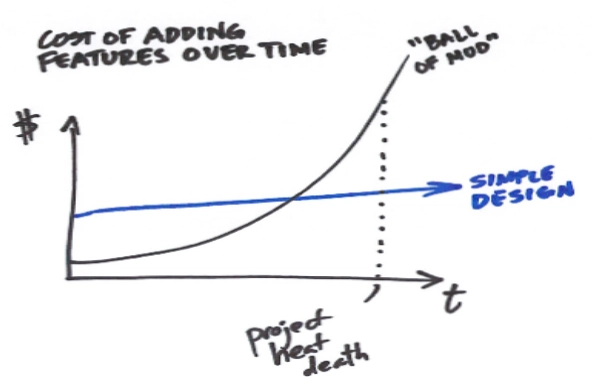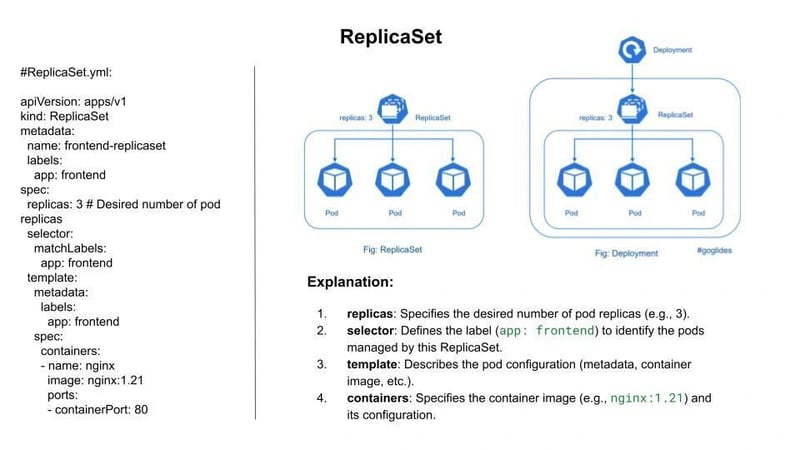The Secret to Building a Learning Culture in Enterprises
With the business landscape growing ever more hectic and dynamic, it's not only a competitive advantage that accompanies a clear and effective Learning Strategy—it's crucial. Businesses that invest in learning not only advance employees' capabilities, but they future-proof their business. An effective Enterprise Learning Strategy is greater than occasional training courses—it supports a culture in which ongoing development is second nature. So what exactly is the real key to that transformation happening? The answer lies in a solid mix of leadership, integration, and intention. Why a Learning Culture is Essential to Business Development A learning culture not only facilitates personal growth—it drives company success. When learning is part of the culture, employees feel comfortable experimenting, taking ownership, and innovating. This leads to better teams, better decisions, and a quicker response to changes in the market. Companies with strong learning cultures are often the ones to change first, to lead first, and to win. Finding the Gaps in Your Current Process Most organizations believe that they promote learning, but struggle to create genuine engagement. This happens when learning is considered an event and not a continuous process. Employees disengage very fast when training is sporadic, disconnected from work life, or irrelevant. A learning culture thrives when development happens in a natural, significant, and aligned manner to professional development. Align Learning with the Enterprise Mission In order to create a durable culture of learning, it's essential to begin with alignment. All learning initiatives must make it clear how they connect with the organization's overall objectives. When workers grasp how their learning affects customer success, innovation, or business results, they're much more likely to engage themselves in the process. Learning becomes a shared objective—not merely an HR activity. Leadership Sets the Tone for Learning The most disruptive learning cultures are top-down. When executives and managers learn actively and demonstrate vulnerability by acquiring new skills, it is a powerful signal across the organization. Such behavior modeling tells people that learning is valuable, anticipated, and risk-free. A learning culture in which the leadership promotes learning is one where employees are encouraged to grow. Make Learning a Seamless Part of the Workday Learning needn't disrupt workflow. In reality, the best learning happens in real-time and in the flow of work. Incorporating development opportunities into everyday tools and conversations makes learning seamless. A flash of insight during a team debrief, or a five-minute wait after a call from a client, learning becomes second nature when part of the flow of work. Let Technology Support, Not Lead Technology has the ability to elevate your learning culture, but never replace the human element. Learning platforms and tools are to be your servant, not your master. The right technology supports self-directed learning, provides context-relevant resources, and supports connecting peers—but it's still the strategy and leadership that drives transformation. Enable Employees to Own It An optimum learning culture generates individual responsibility. Since employees can explore, determine their own path of learning, and create their own development goals, they become more engaged. Giving employees control over their own development sends a message that they are valued and respected. It results in a more dedicated, self-driven body of employees. Recognize Progress and Reward the Power of Learning People need to see that learning matters. Observing improvement, whether in learning a new skill, leading a project, or even merely passing on learning’s to others, reinforces the value of growth. Celebrations and awards—official or not—gain steam and solidify learning as part of the company culture. Measuring What Really Matters To keep improving, organizations need to go beyond basic metrics. It’s not just about how many courses are completed—it’s about the outcomes those courses drive. Measuring impact through skills development, performance improvements, and engagement levels provides real insight into whether you’re learning culture is thriving. Data-driven reflection ensures your approach stays dynamic and effective. Conclusion Creating an actual learning culture doesn't happen overnight—it requires ongoing, intentional effort. The best organizations treat it as a long-term investment, driven by intention and individuals. Grounding this transformation is a strong Enterprise Learning Strategy that aligns learning with business goals, develops at every level, and positions the enterprise for leadership in the years to come. The answer is not a tool or technique—it's an approach.
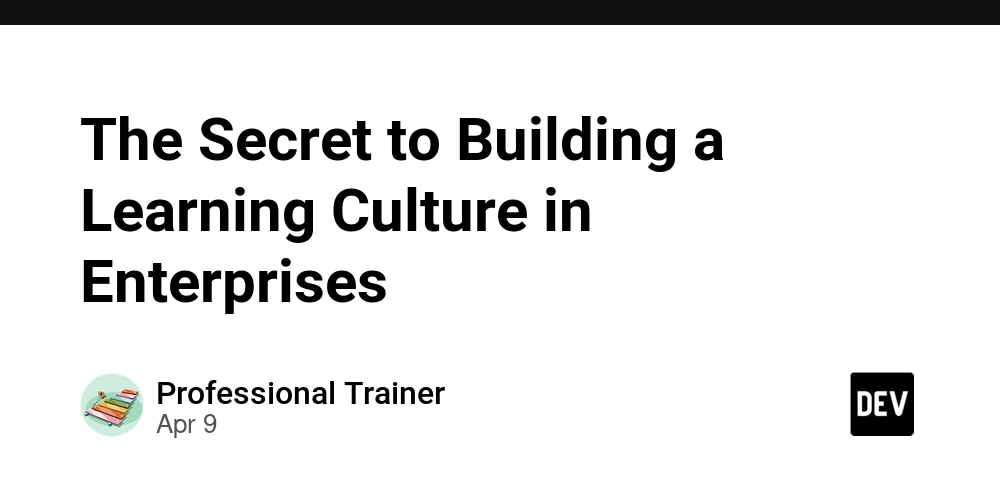
With the business landscape growing ever more hectic and dynamic, it's not only a competitive advantage that accompanies a clear and effective Learning Strategy—it's crucial. Businesses that invest in learning not only advance employees' capabilities, but they future-proof their business. An effective Enterprise Learning Strategy is greater than occasional training courses—it supports a culture in which ongoing development is second nature. So what exactly is the real key to that transformation happening? The answer lies in a solid mix of leadership, integration, and intention.
Why a Learning Culture is Essential to Business Development
A learning culture not only facilitates personal growth—it drives company success. When learning is part of the culture, employees feel comfortable experimenting, taking ownership, and innovating. This leads to better teams, better decisions, and a quicker response to changes in the market. Companies with strong learning cultures are often the ones to change first, to lead first, and to win.
Finding the Gaps in Your Current Process
Most organizations believe that they promote learning, but struggle to create genuine engagement. This happens when learning is considered an event and not a continuous process. Employees disengage very fast when training is sporadic, disconnected from work life, or irrelevant. A learning culture thrives when development happens in a natural, significant, and aligned manner to professional development.
Align Learning with the Enterprise Mission
In order to create a durable culture of learning, it's essential to begin with alignment. All learning initiatives must make it clear how they connect with the organization's overall objectives. When workers grasp how their learning affects customer success, innovation, or business results, they're much more likely to engage themselves in the process. Learning becomes a shared objective—not merely an HR activity.
Leadership Sets the Tone for Learning
The most disruptive learning cultures are top-down. When executives and managers learn actively and demonstrate vulnerability by acquiring new skills, it is a powerful signal across the organization. Such behavior modeling tells people that learning is valuable, anticipated, and risk-free. A learning culture in which the leadership promotes learning is one where employees are encouraged to grow.
Make Learning a Seamless Part of the Workday
Learning needn't disrupt workflow. In reality, the best learning happens in real-time and in the flow of work. Incorporating development opportunities into everyday tools and conversations makes learning seamless. A flash of insight during a team debrief, or a five-minute wait after a call from a client, learning becomes second nature when part of the flow of work.
Let Technology Support, Not Lead
Technology has the ability to elevate your learning culture, but never replace the human element. Learning platforms and tools are to be your servant, not your master. The right technology supports self-directed learning, provides context-relevant resources, and supports connecting peers—but it's still the strategy and leadership that drives transformation.
Enable Employees to Own It
An optimum learning culture generates individual responsibility. Since employees can explore, determine their own path of learning, and create their own development goals, they become more engaged. Giving employees control over their own development sends a message that they are valued and respected. It results in a more dedicated, self-driven body of employees.
Recognize Progress and Reward the Power of Learning
People need to see that learning matters. Observing improvement, whether in learning a new skill, leading a project, or even merely passing on learning’s to others, reinforces the value of growth. Celebrations and awards—official or not—gain steam and solidify learning as part of the company culture.
Measuring What Really Matters
To keep improving, organizations need to go beyond basic metrics. It’s not just about how many courses are completed—it’s about the outcomes those courses drive. Measuring impact through skills development, performance improvements, and engagement levels provides real insight into whether you’re learning culture is thriving. Data-driven reflection ensures your approach stays dynamic and effective.
Conclusion
Creating an actual learning culture doesn't happen overnight—it requires ongoing, intentional effort. The best organizations treat it as a long-term investment, driven by intention and individuals. Grounding this transformation is a strong Enterprise Learning Strategy that aligns learning with business goals, develops at every level, and positions the enterprise for leadership in the years to come. The answer is not a tool or technique—it's an approach.























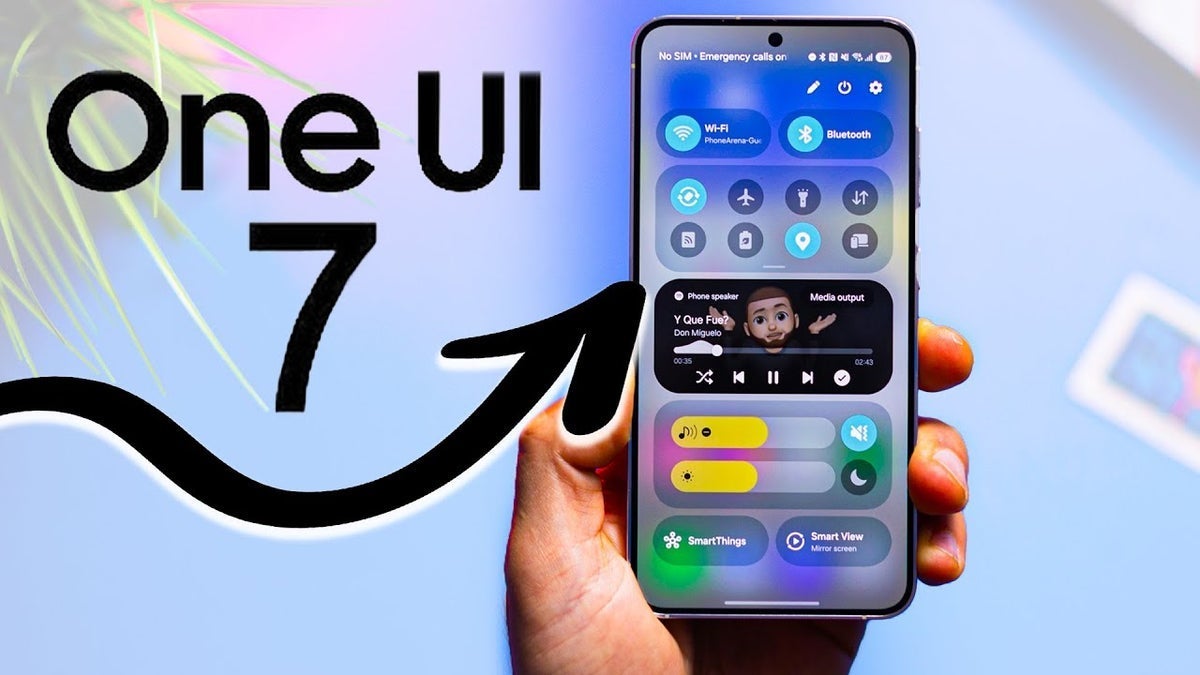





























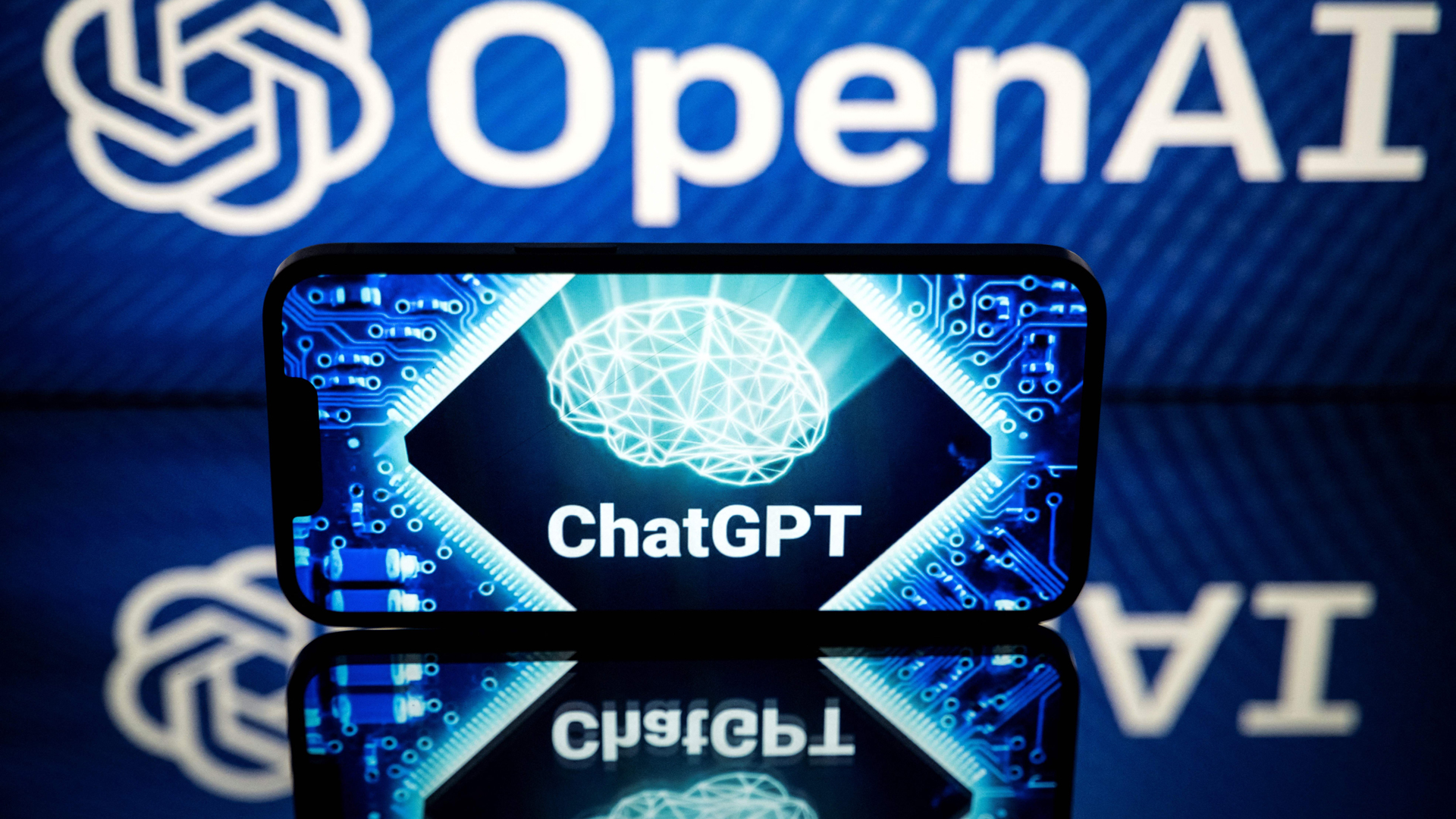
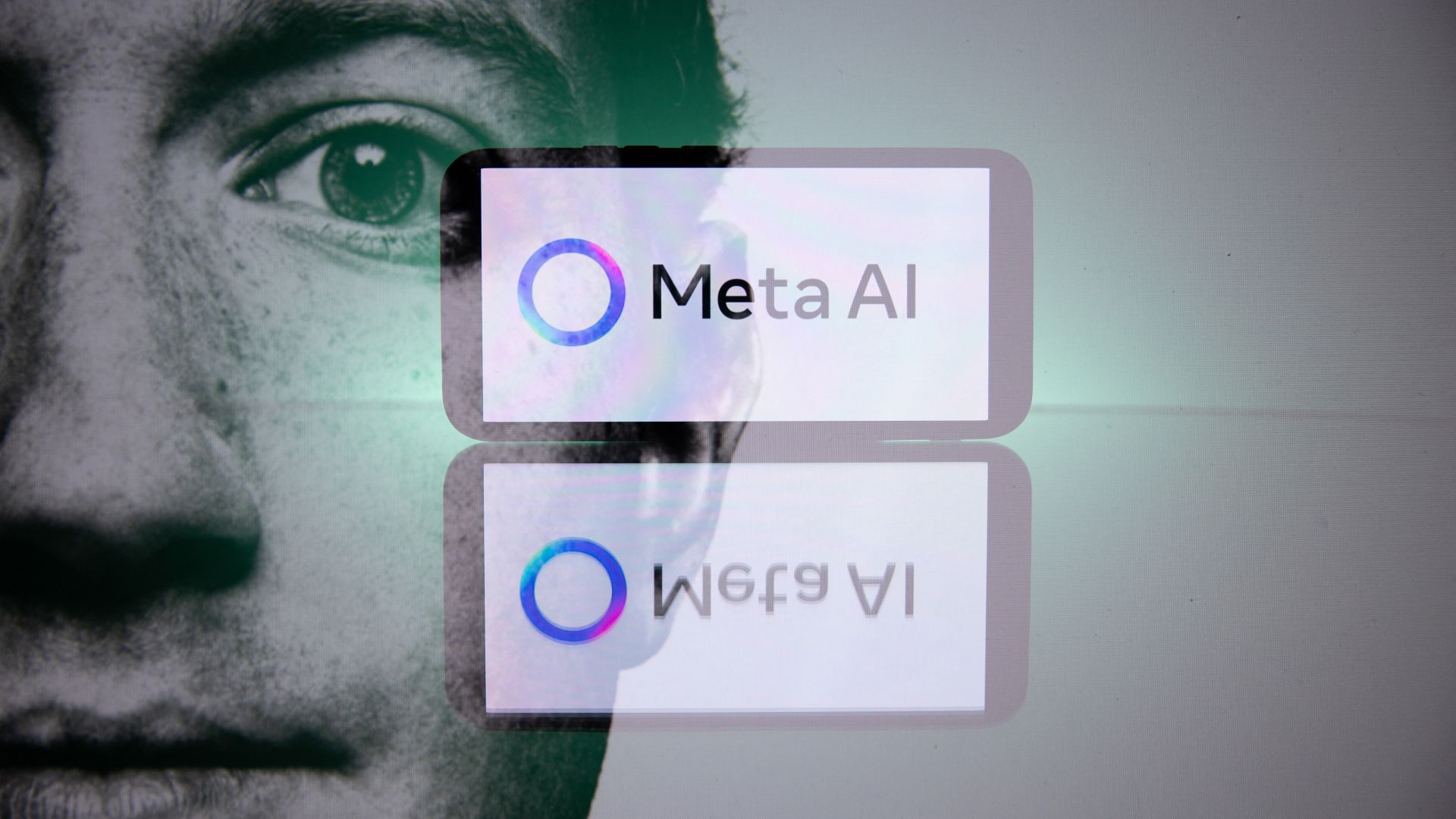














![New Beats USB-C Charging Cables Now Available on Amazon [Video]](https://www.iclarified.com/images/news/97060/97060/97060-640.jpg)
![Apple M4 13-inch iPad Pro On Sale for $200 Off [Deal]](https://www.iclarified.com/images/news/97056/97056/97056-640.jpg)














![Here’s the first live demo of Android XR on Google’s prototype smart glasses [Video]](https://i0.wp.com/9to5google.com/wp-content/uploads/sites/4/2025/04/google-android-xr-ted-glasses-demo-3.png?resize=1200%2C628&quality=82&strip=all&ssl=1)






















































































































































































![[The AI Show Episode 144]: ChatGPT’s New Memory, Shopify CEO’s Leaked “AI First” Memo, Google Cloud Next Releases, o3 and o4-mini Coming Soon & Llama 4’s Rocky Launch](https://www.marketingaiinstitute.com/hubfs/ep%20144%20cover.png)





































































































































































.png?width=1920&height=1920&fit=bounds&quality=70&format=jpg&auto=webp#)



























































